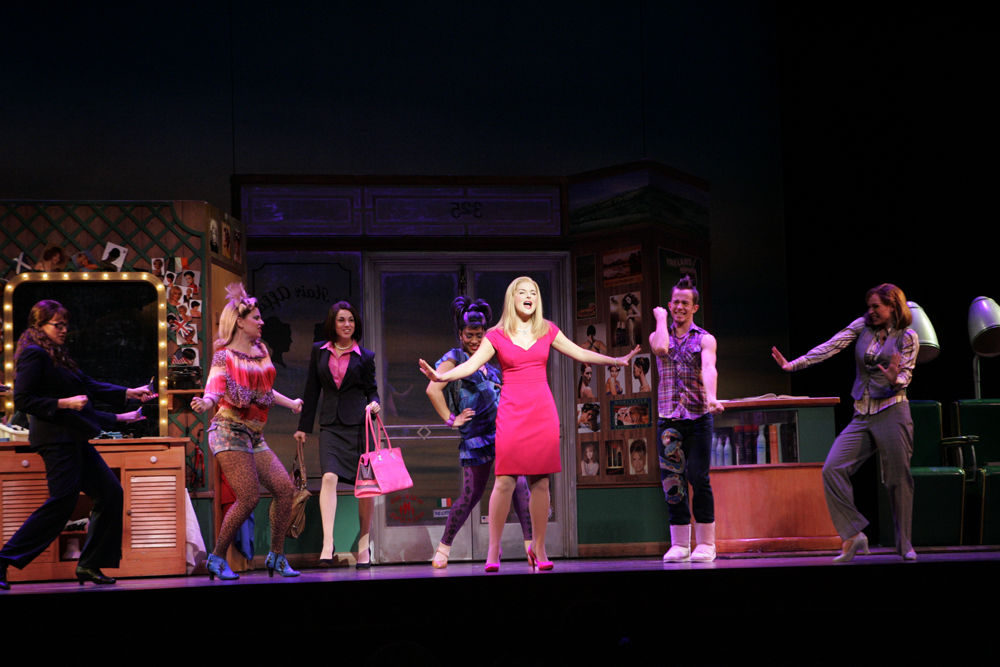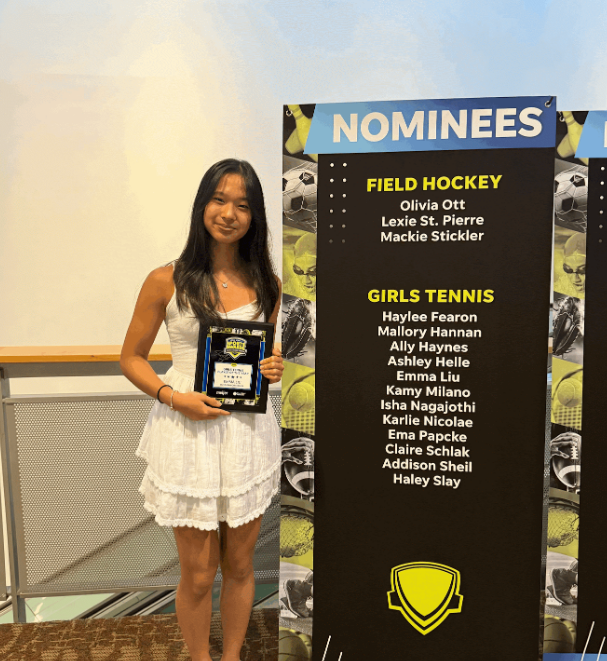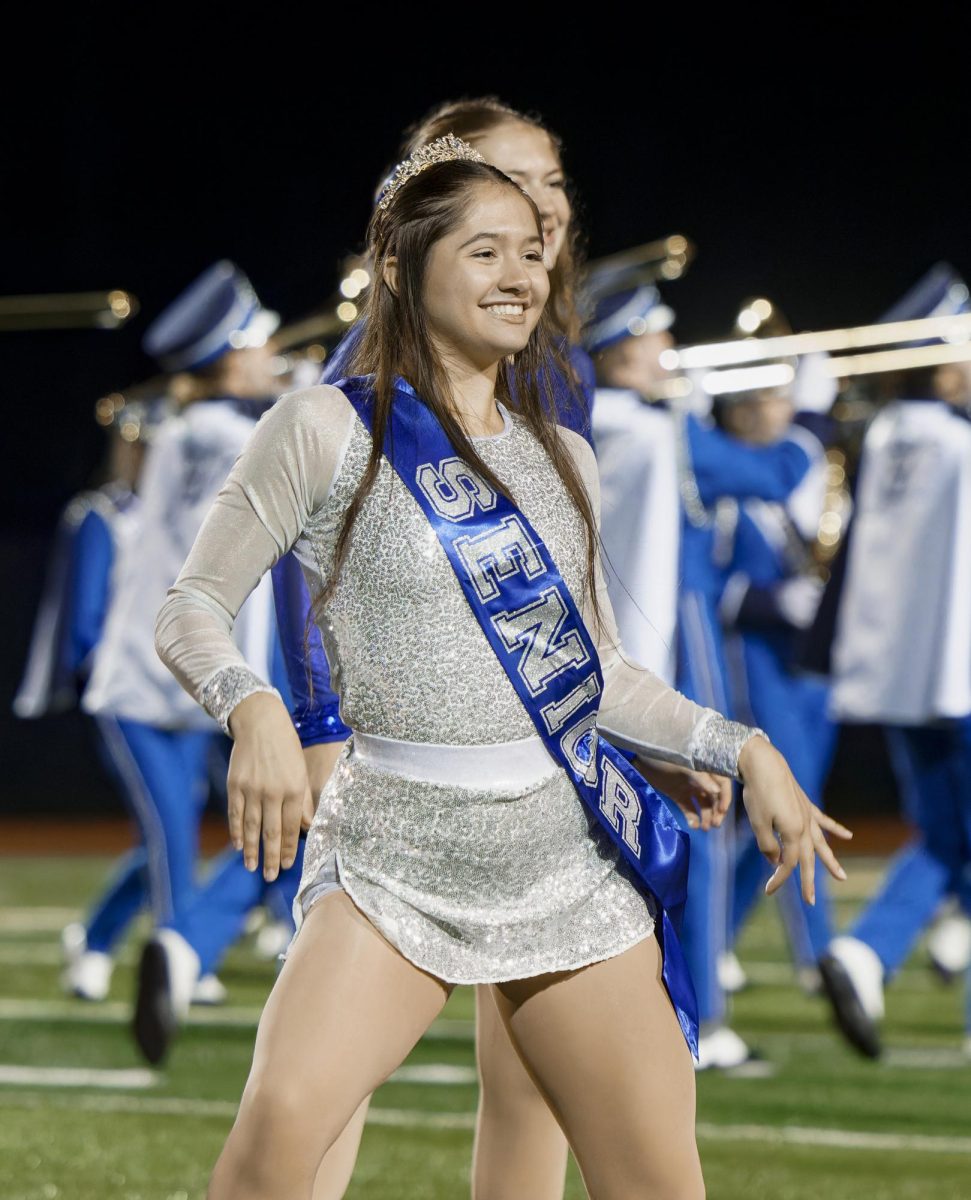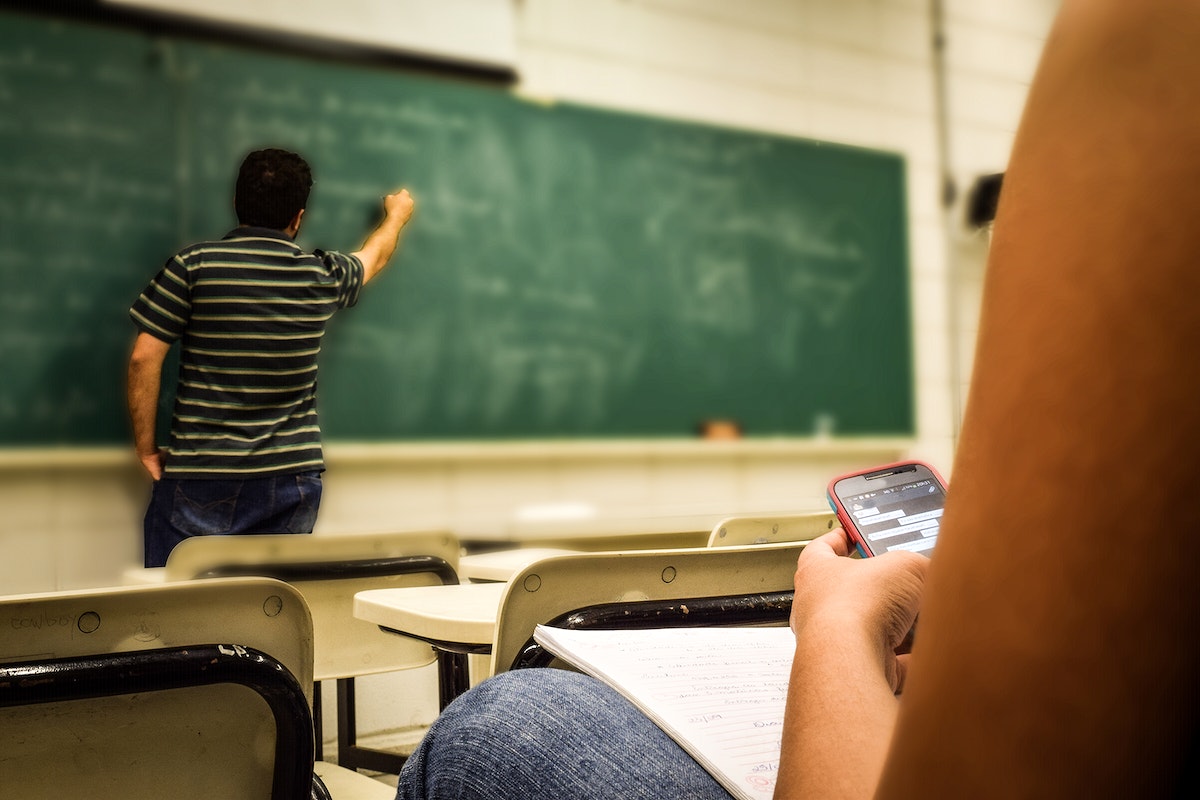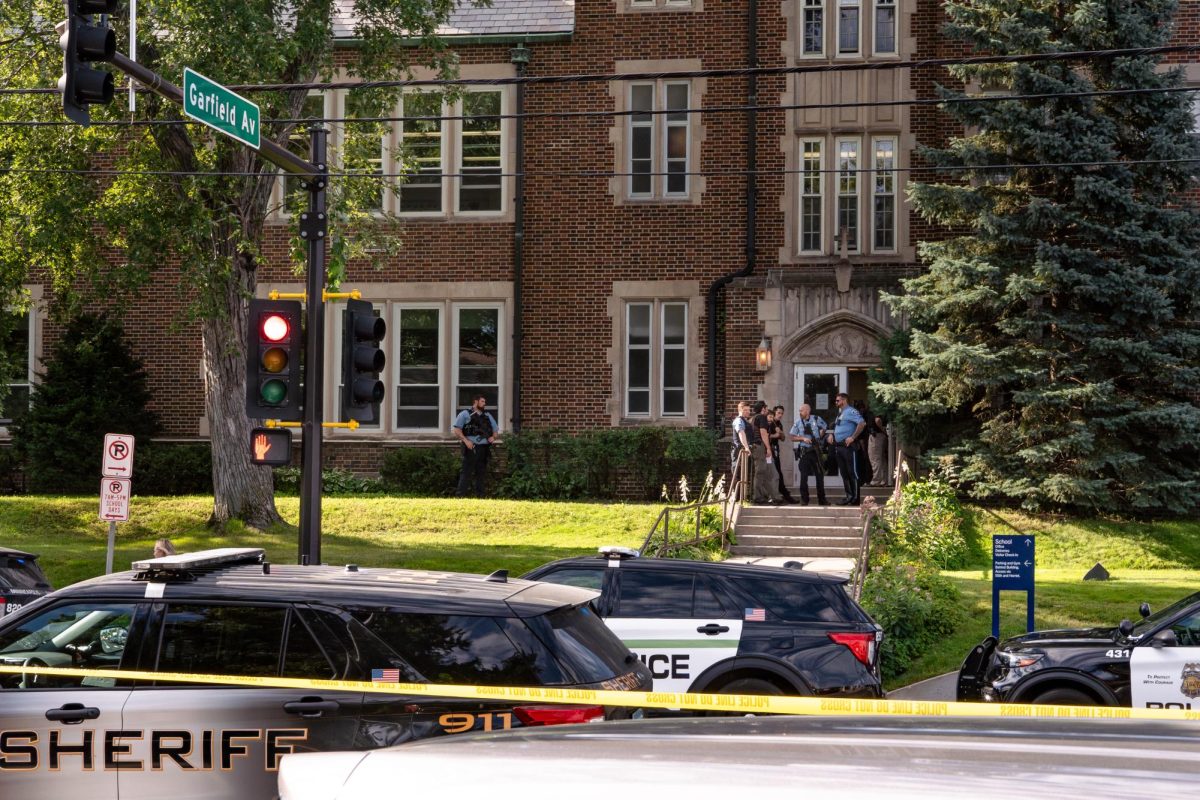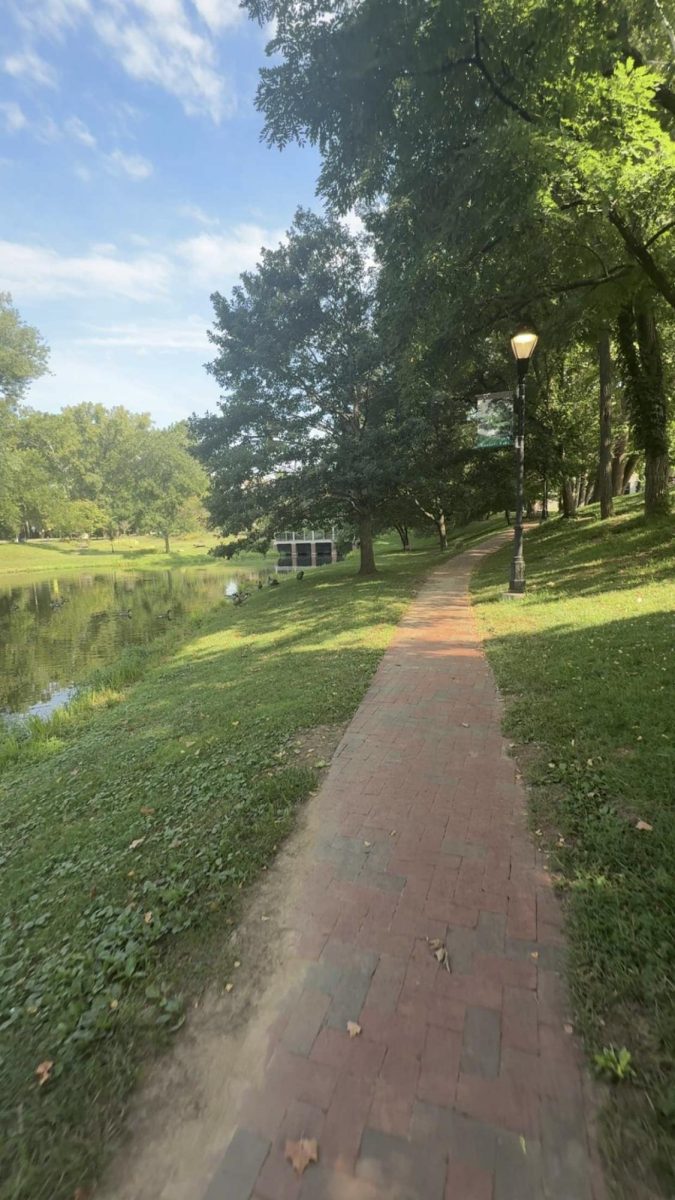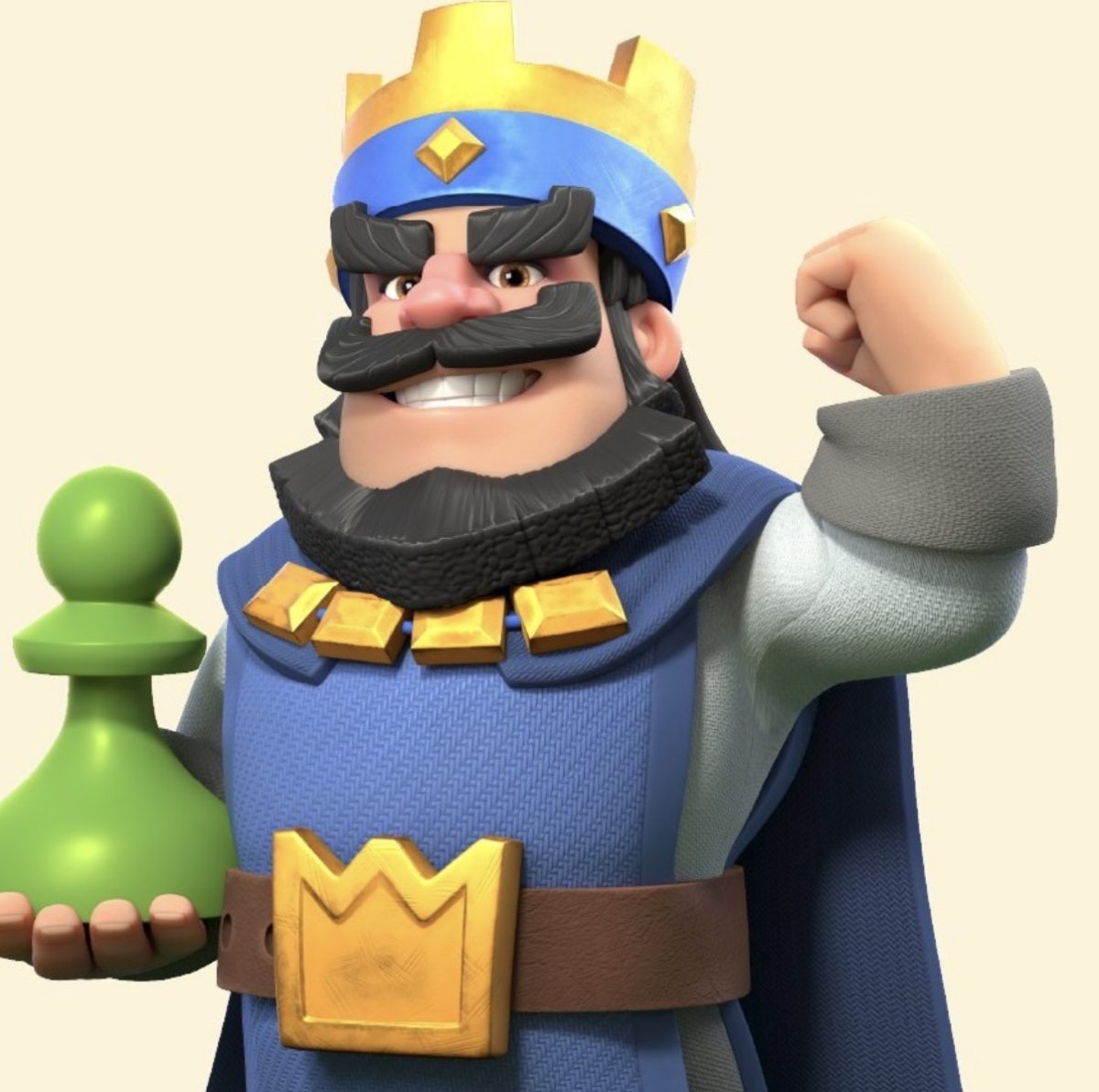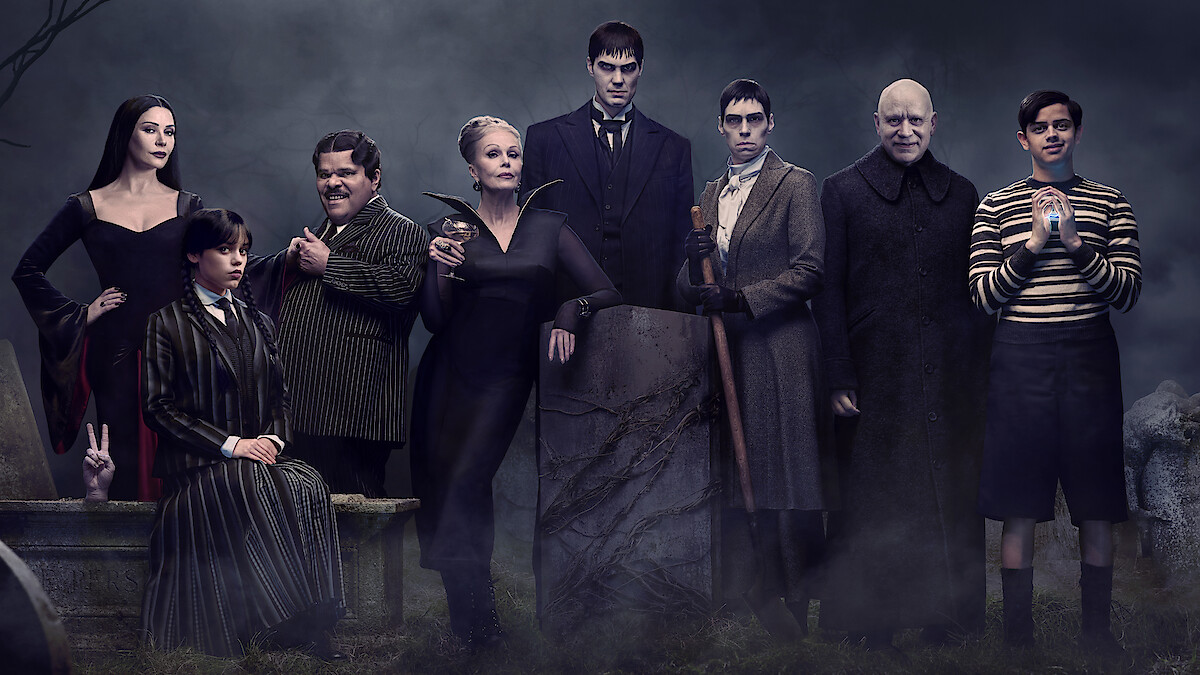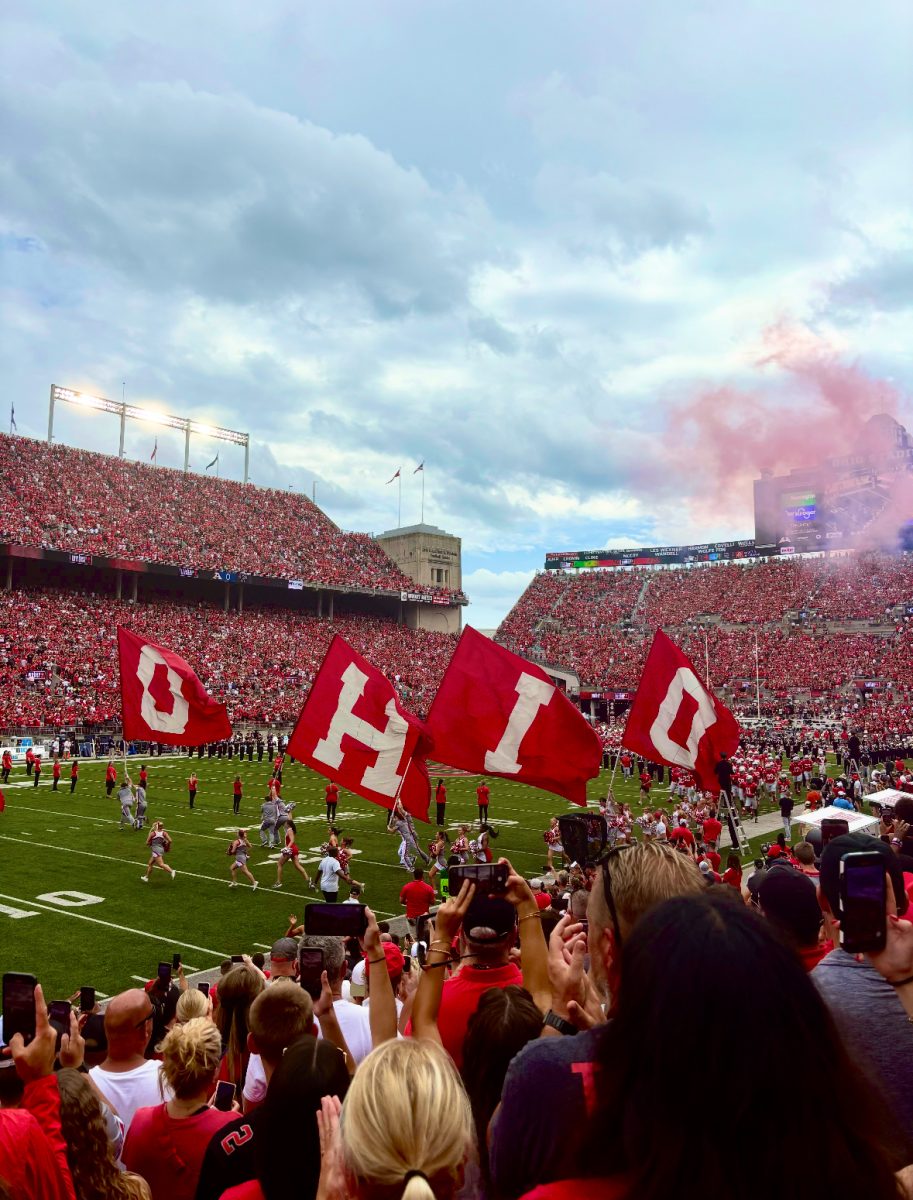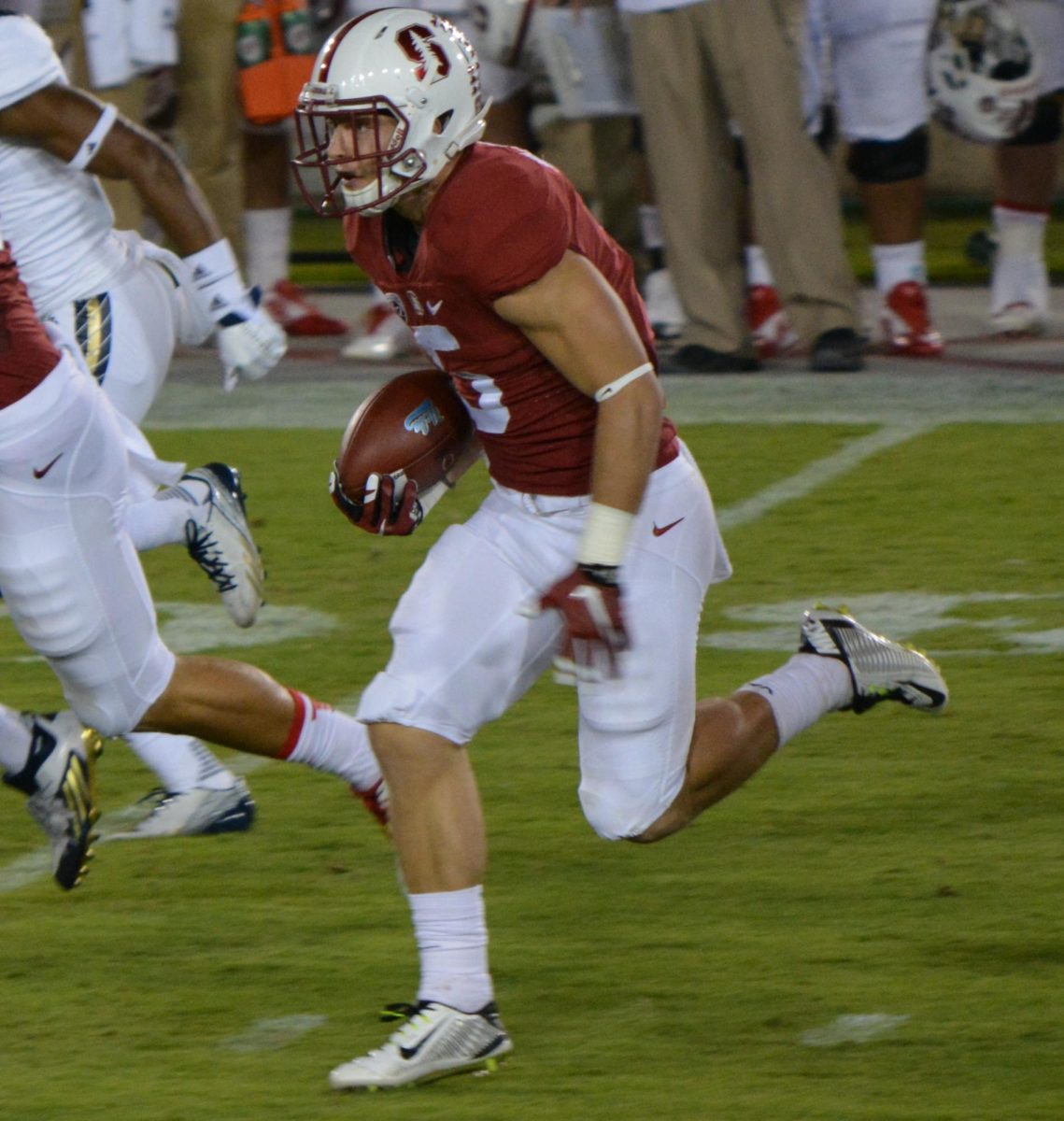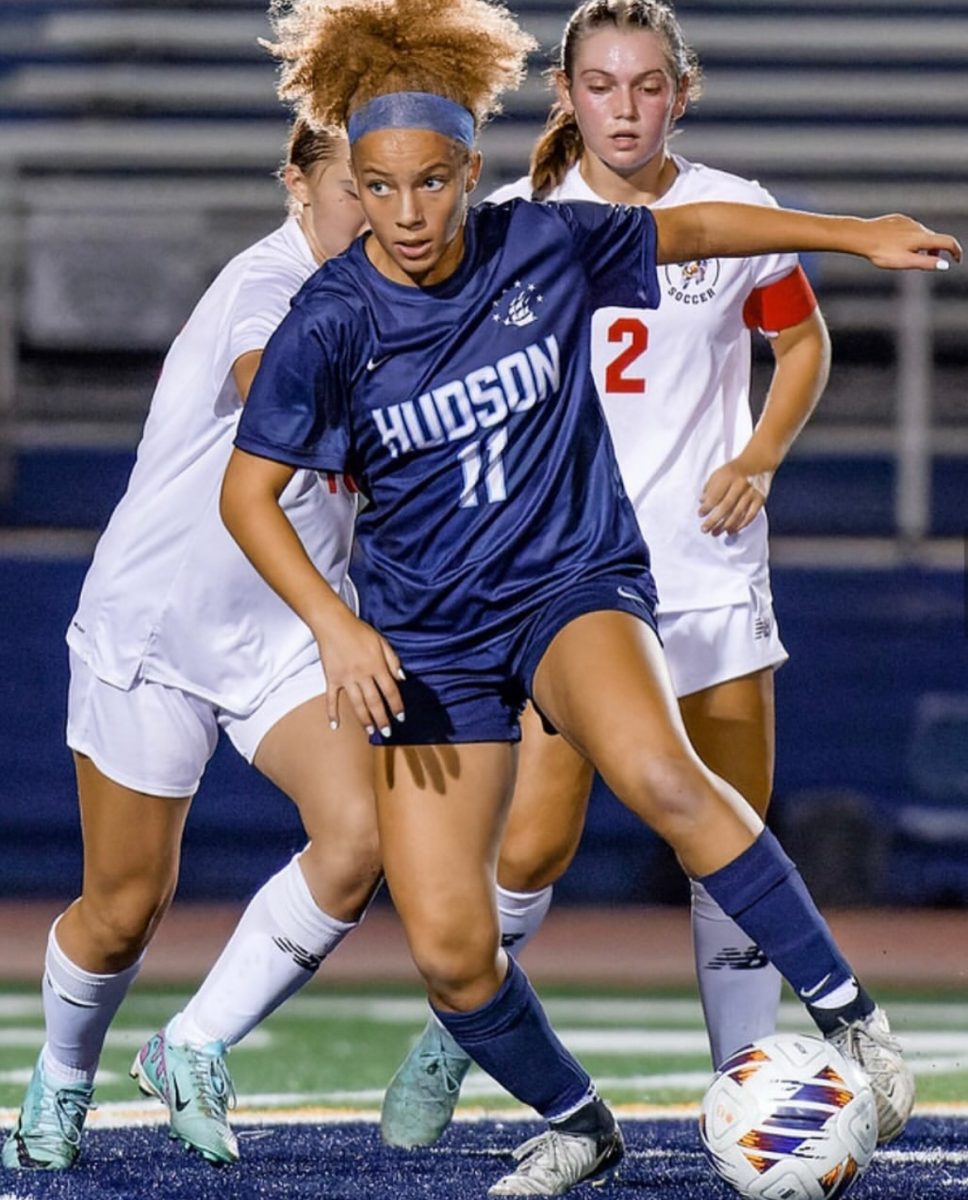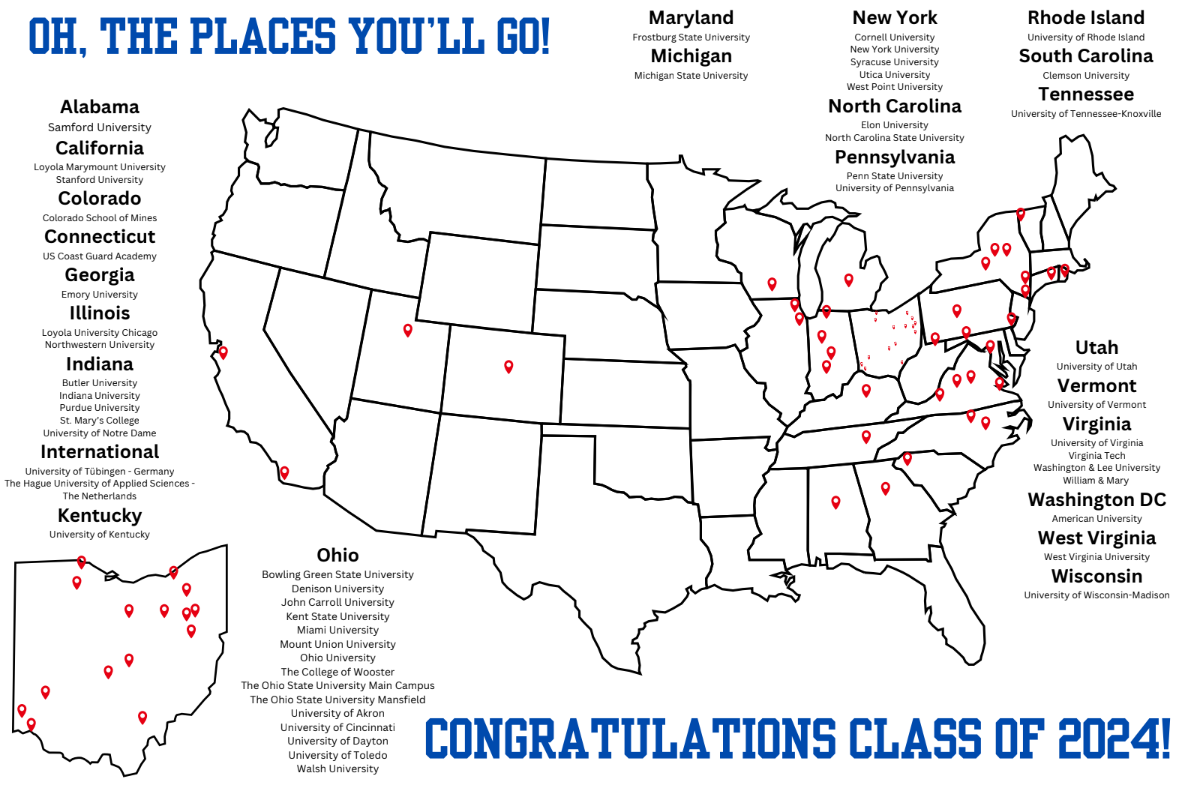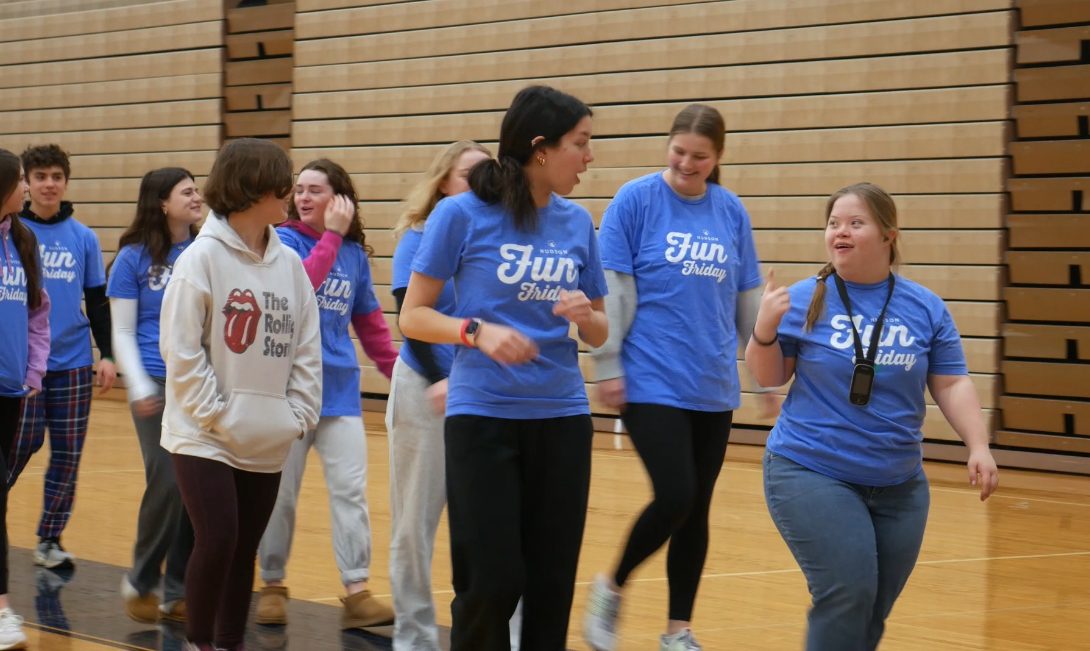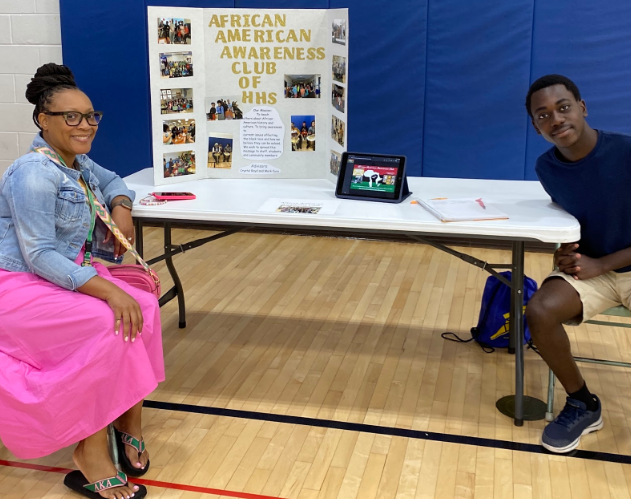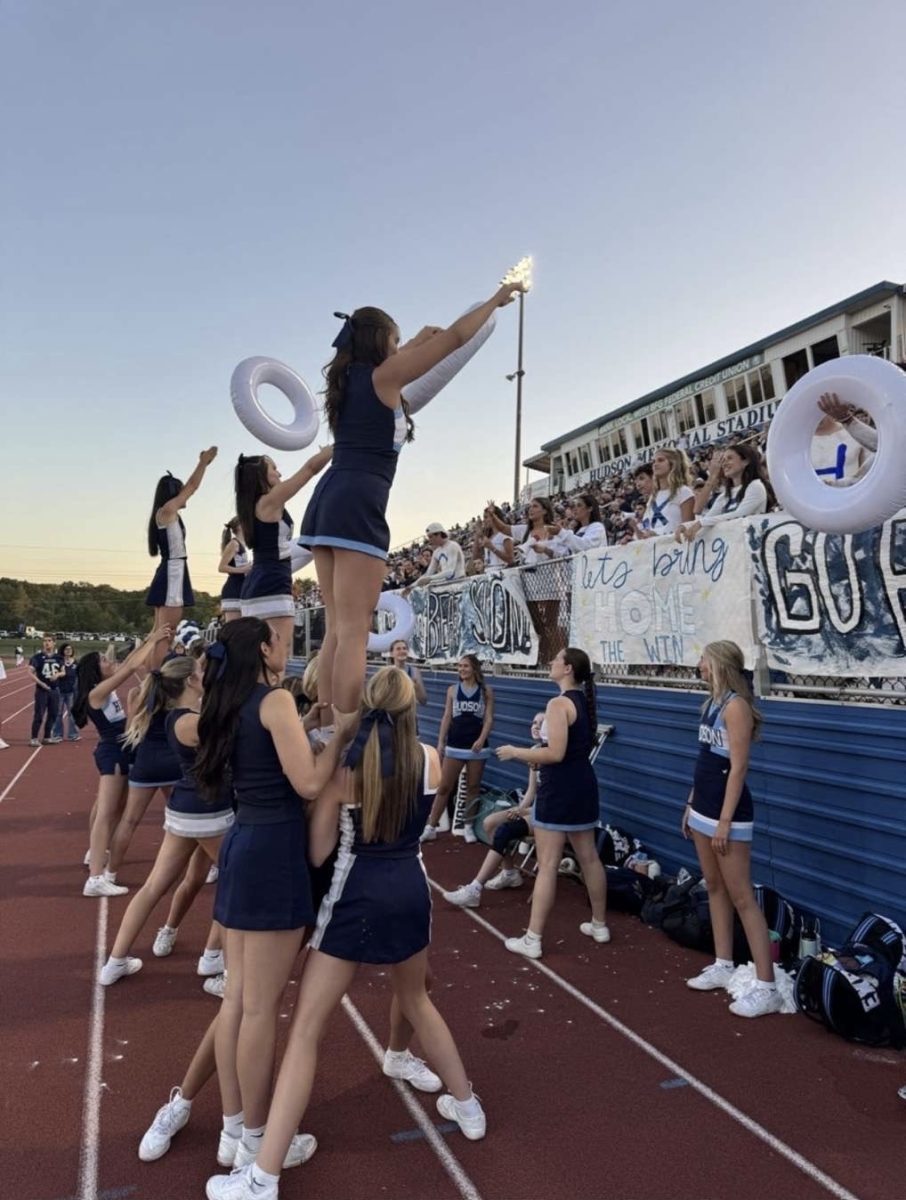Hudson High School is known for its wide range of clubs, but one that is not recognized as much as others is the African-American Awareness Club or the AAA (Triple ‘A’) club. Ms. Boyd Funderburk and Mr. Cuva are the two advisors of the high school club. The president of the club is Nathaniel Pierre-Louis.
“In the club, we socialize with each other, participate in freshman orientation and World Culture Day, visit elementary schools to increase awareness about African-American culture and have forums and guest speakers. This year we are engaging in fun social/leisure activities outside of school,” says Boyd Funderburk.
Boyd Funderburk also makes a point to say that the club is open to anyone and everyone. The mood is comfortable, relaxed, supportive and fun. She also believes that having a space like this is beneficial for the high school experience.
“I saw that there were so many other clubs for various other groups, but no club for African-American students,” Boyd Funderburk noted. “It’s also a place to meet new people and bring awareness to the community regarding important aspects of the African-American culture.”
In expanding the influence of this club, an AAA club has recently been added to Hudson Middle School. Advisor Mrs. Wilkerson, also the Diversity, Equity and Inclusion coordinator, organized the majority of the group, along with first-grade teacher Mrs. Gerhart.
“Our focus is on inclusion and belonging and mattering. We’re trying to make sure that every student feels like they belong,” said Wilkerson in reference to DEI.
While it may be unexpected for a club like this to be available for a young age range, it is necessary for the well-being of the school district’s students, as reiterated by both Wilkerson and Gerhart.
“It is an opportunity for students who are black to be able to come together and connect — but it’s not just for students who are black, it is for students who are black and for their friends, and for allies and for people who just want to learn more about the black experience,” Wilkerson expresses.
“I would definitely encourage … students who are black [to join]. It is just an opportunity to be around people who look like you in a place where it may not happen so easily because there aren’t a lot of us [in Hudson]. You won’t see a lot of us in one class at a time just because they’re all spread out. It’s an opportunity once or twice a month to come together with people who are like you,” Wilkerson states.
While a good portion of the club is brainstorming ideas on how to make this district a better place, a better portion of it is just having fun. “A lot of it is really just about playing and hanging out, eating some snacks [and] eventually we’ll get to music once they get the playlist,” states Wilkerson.
Gerhart is additionally one of the only black teachers in the entire district. “Representation is very important in validating the value and importance that African/Black Americans bring to the environment. While I hope to inspire and be a good role model for the students I encounter, the position of doing it alone places a lot of pressure and expectations on myself to represent my community; as well as teach others around me about my culture and community,” states Gerhart.
These clubs look after their members in the long run. By creating AAA clubs throughout the district, everyone involved in the clubs hopes to celebrate each other’s differences, increase the sense of belonging and just overall let kids enjoy their school experience.
“I want kids to be happy. I want kids to feel like they can come to school and be themselves. I would like to see people who have learned how to disagree but not be disagreeable. I want Hudson to be the model for how other school districts can be. How to treat each other. How to, like I said, disagree even if I don’t agree with your religion or whatever it is, but that I can still be kind to you, that we can still work together, and that everybody leaves school everyday feeling like they were supported that day, and that it’s a place that you wanna come back to the next day. That’s what I want for kids,” Wilkerson stated.
The African-American Awareness Club is what is known as an affinity group. This is a group that shares an experience that other people haven’t been through or understand. Because of black people of color being so spread out throughout high school, a spot to hang out and just exist with people who are like you is liberating.
Wilkerson is inspired by Michelle Obama. “I’m so inspired by the way she consistently carried herself and she was always her authentic self, right? She dresses the way she dresses, she, y’know, dances the way she dances and I found this so refreshing and so inspiring to see someone who looks like me doing something in a way that was authentic to how I view us as a people.”
This quote relates to the African-American Awareness club because in a high school in which 87% of students are white, and 2% of students are black, African-American students may feel like they can’t be their authentic self, and to see someone who is being that, a role model, is truly influential.
This takes us back to Gerhart’s idea of representation. “Though I feel honored to show up in this space, it saddens and disappoints me to be one of the only black teachers in the district.”
The African-American Awareness club aims to increase representation in schools, and therefore create a sense of belonging like no other.

